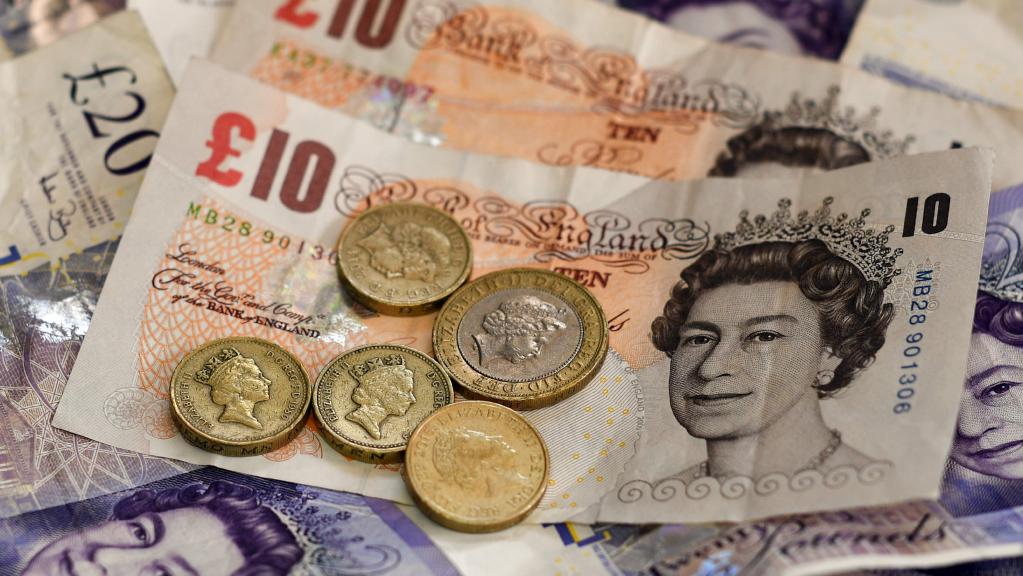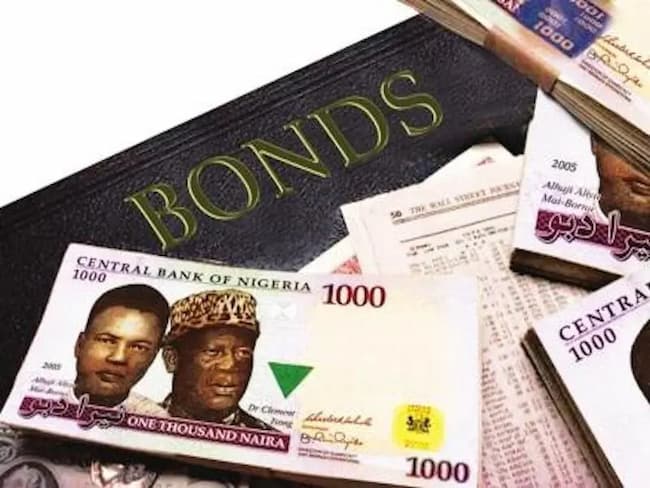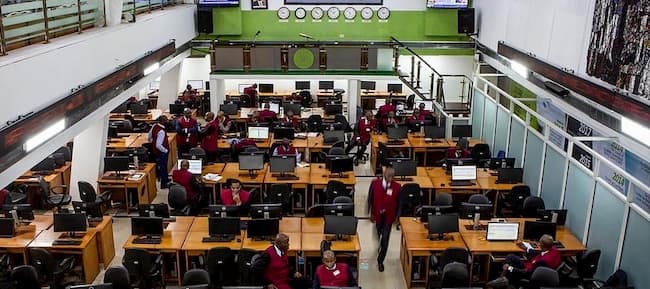The British pound inched higher on Friday as the dollar fell across the board, and some traders saw a buying opportunity after data this week pointed to the UK economy holding up relatively well.
Worries about whether Britain can agree a trade deal with the European Union (EU) over coming months to avoid a sudden and disorderly exit from the bloc continue to keep most economists cautious about any sustained sterling strength.
Reuters reports that as trading in London ended, the pound was on course for a sixth straight week of losses against the dollar, its worst run since 2014.
It has also set its longest daily losing streak against the U.S. currency since the height of the financial crisis in 2008, hitting a near 14-month low of $1.2662 on Wednesday, but has since bounced three quarters of a cent to $1.2730.
Retail sales data on Thursday showed the British economy, while far from booming, has some momentum.
British shoppers spent more than expected in July, pointing to a solid start to the third quarter for the economy, although data published earlier in the week showed a disappointing rise in wages that underlined the squeeze on consumers.
“We are definitely seeing nervousness rising about a cliff-edge Brexit,” said Societe Generale FX strategist Alvin Tan, who flagged how sterling had also fallen back to 90 pence per euro this week.
“Also we are seeing implied volatility in sterling rise in the last two weeks and these two are indications of a market with rising concerns,” Tan said.
Against the euro the pound was ending the week at 89.58 pence EURGBP=D3.
With most of the month’s UK economic data out of the way, the focus will shift back to Brexit as Britain heads towards several months of negotiations and several EU leaders summits.
Jeremy Hunt, the British foreign minister, warned on Wednesday that the short-term market impact, if Britain leaves the EU without a deal, would be significant, though he later said Britain could “survive and prosper” after a no-deal departure.














